- +033 2572 7171
- info@dhanvantary.com

4.5 Rating | 4500 Review

4.5 Rating | 4500 Review
Atopic dermatitis, also known as eczema, is a chronic skin condition that causes red, itchy, and inflamed skin. It’s common in children but can occur at any age. While the exact cause isn't known, it's linked to an overactive immune response, often triggered by environmental factors or allergens. Genetics, allergies, and stress can also contribute to the condition.
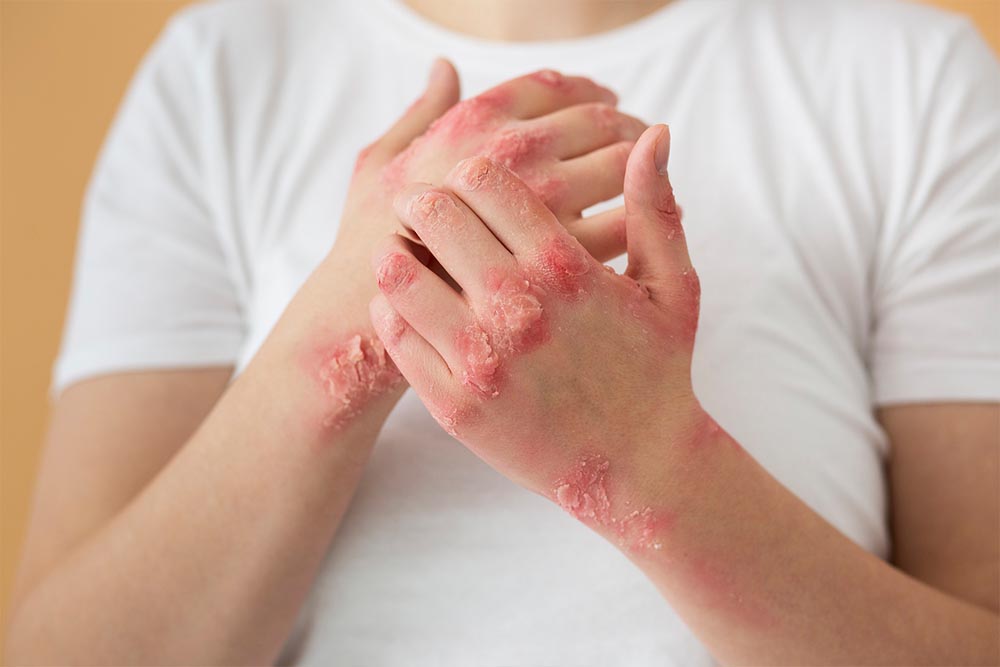
As per Ayurveda, atopic dermatitis is often equated to a condition called Vicharchika, a type of kushtha (skin disorder). Vicharchika is characterized by intense itching, redness, inflammation, scaling, and thickening of the skin, closely resembling the symptoms of eczema or atopic dermatitis.
Atopic dermatitis is generally caused by a combination of:
Symptoms of atopic dermatitis include:
Avoid foods that increase Pitta and Vata, like spicy, sour, and oily foods.
Favour warm, moist, and mildly spiced foods that nourish the body and keep it hydrated.
Include foods that naturally support skin health, like turmeric, ginger, and ghee.
Keep skin hydrated with natural oils like coconut or almond oil.
Avoid stress through meditation, breathing exercises, and yoga, as stress can worsen symptoms.
Stay away from known allergens or irritants.
Ayurvedic management focuses on balancing doshas, detoxifying the body, nourishing the skin, and preventing recurrence through diet, lifestyle, and herbal treatments.
Panchakarma therapies like Virechana (purgation) or Raktamokshana (bloodletting) are often recommended to cleanse the body and reduce Pitta and Vata aggravations.
Oils and pastes made from cooling, soothing herbs like kumkumadi tailam, aloe vera, and sandalwood are applied to reduce inflammation, itchiness, and dryness.
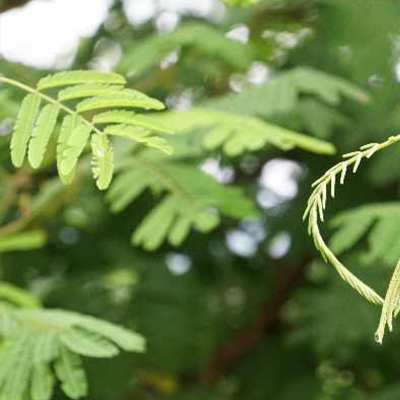
Khadira is particularly effective for skin issues and is known to help cleanse the skin and balance Kapha and Pitta doshas, reducing chronic thickening and oozing of the skin.
Use: Used in formulations for internal cleansing and can be applied topically.
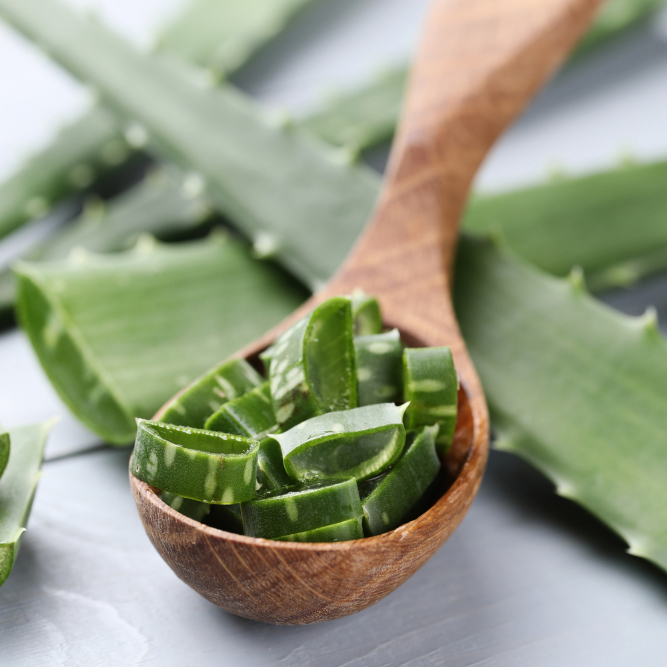
Aloe Vera soothes irritated skin, reduces itching, and helps retain moisture. It also promotes healing in cases of cracked or dry skin.
Use: Applied topically as a gel for instant cooling and hydration.
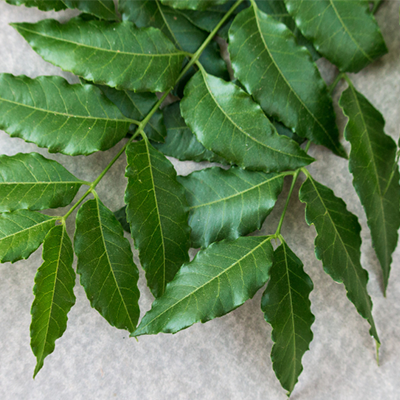
Neem is excellent for cleansing the blood (rakta shodhana) and clearing toxins (ama), which helps to address skin inflammation, redness, and itching.
Use: Neem can be applied as an oil or paste to soothe irritated skin or consumed in powdered form for internal detoxification.
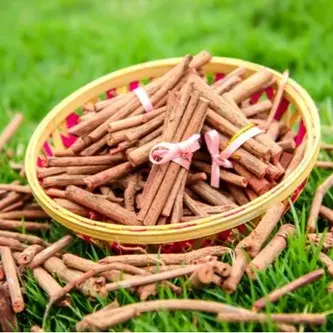
Manjistha helps to cool the blood and reduce Pitta aggravation, which can reduce symptoms like redness, heat, and inflammation in Vicharchika.
Use: Taken as a capsule or decoction, or applied topically in creams and oils.
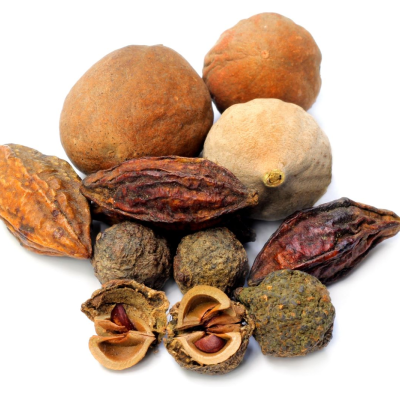
Triphala helps improve digestion and remove toxins from the body, which addresses the underlying ama that can contribute to skin issues like Vicharchika.
Use: Taken internally as a powder or tablet to support gut health and detoxification.
